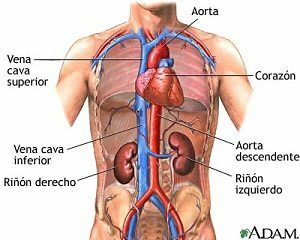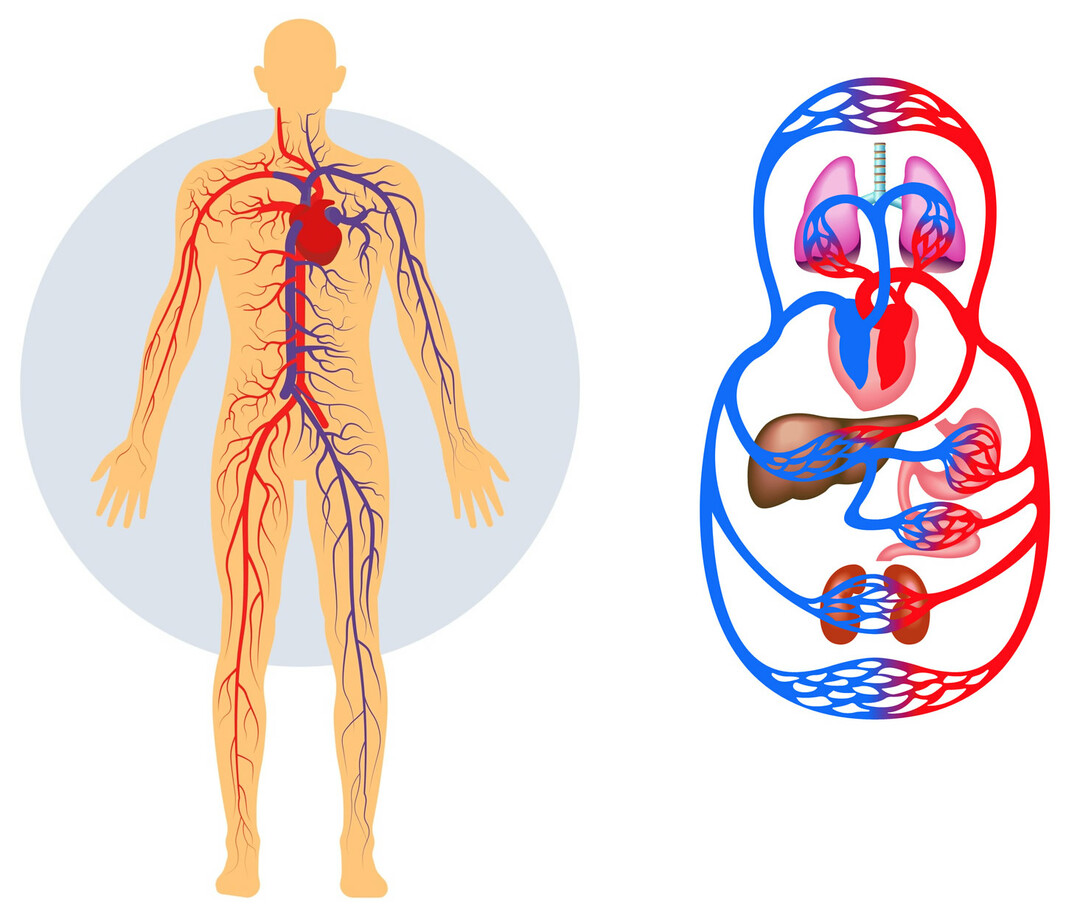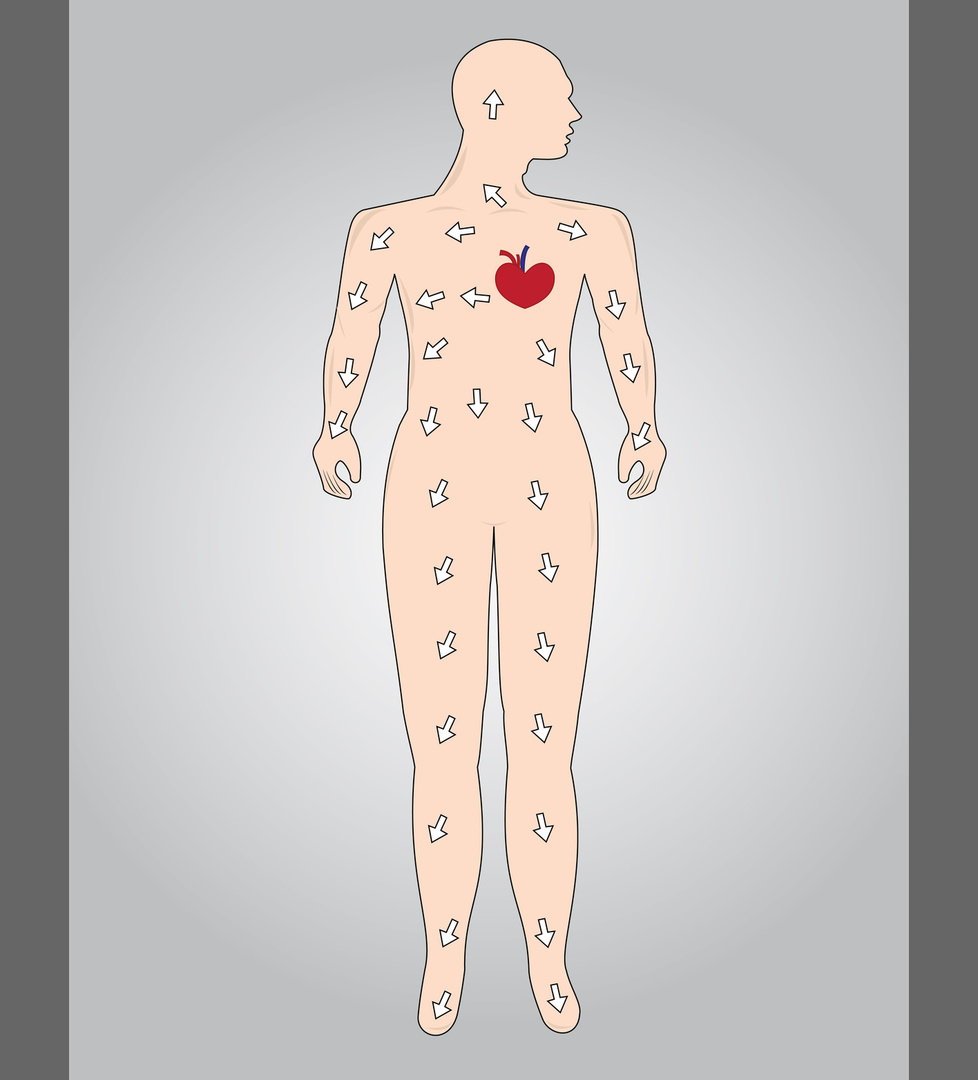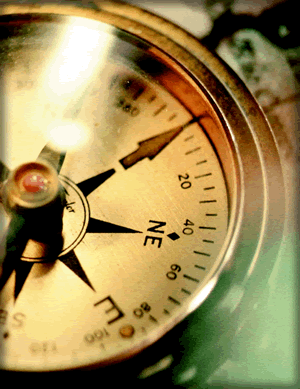Definition of Circulatory System
Miscellanea / / November 13, 2021
By Dra. Maria de Andrade, CMDF 21528, MSDS 55658., on Feb. 2011
 It is responsible for the transport of substances such as nutrients, gases and waste products from the metabolism from and to the outside. It is made up of three main elements: the heart, the blood vessels and the lymphatic vessels, becoming one of the axes of the body.
It is responsible for the transport of substances such as nutrients, gases and waste products from the metabolism from and to the outside. It is made up of three main elements: the heart, the blood vessels and the lymphatic vessels, becoming one of the axes of the body.
Circulatory system: heart
The heart is an organ that consists of a wall and various muscular partitions that are arranged in such that they give rise to four cavities, two superior or atria and two inferior or ventricles. These chambers communicate with each other and with blood vessels entering and leaving the heart.
Each atrium communicates with the ventricle on the same side, plus the two atria or the two ventricles do not communicate with each other. This allows two blood streams to be separated, one that passes through the right half of the heart and one through the left half. In turn, the flow is regulated by a system of valves, which prevent it from flowing backward in the system.
This structure allows it to carry out its pump function, which propels about 5 to 6 liters of blood into the general circulation every minute.
Circulatory system: blood vessels
Blood vessels are tubular structures through which blood circulates. It is a closed system that allows blood to reach and leave the heart. According to the direction of flow, the vessels are divided into arteries (carrying blood out of the heart) and veins (bringing her back) these have a diameter that progressively decreases as they branch until they reach a microscopic diameter at the level of the capillaries. There are also structural changes in its walls, which are thicker and more elastic in the arteries and more lax in the veins.
 These vessels are arranged, in turn forming two types of circulatory system. A larger system in which blood leaves the heart through the aorta artery to reach the various organs and tissues of the body, returning through the vena cavae (superior and inferior). In the other minor system, called the pulmonary, blood leaves the heart through the pulmonary artery that carries blood to the lungs and is returned through the pulmonary veins.
These vessels are arranged, in turn forming two types of circulatory system. A larger system in which blood leaves the heart through the aorta artery to reach the various organs and tissues of the body, returning through the vena cavae (superior and inferior). In the other minor system, called the pulmonary, blood leaves the heart through the pulmonary artery that carries blood to the lungs and is returned through the pulmonary veins.
Circulatory system: lymphatic vessels
The lymphatic vessels are conduits that form a system similar to that originated by blood vessels, with the difference that blood does not circulate inside them, but lymph. It is a fluid that is formed by the drainage of accumulated fluids in the tissues caused by inflammatory processes or trauma.
Function of the circulatory system
 The circulatory system is designed to carry out activities of transport. For this, it has a type of substance inside it, such as blood. This fluid is made up of a liquid fraction and several types of cells, called blood cells.
The circulatory system is designed to carry out activities of transport. For this, it has a type of substance inside it, such as blood. This fluid is made up of a liquid fraction and several types of cells, called blood cells.
The liquid fraction of blood, or plasma, corresponds to a high water content in which a great variety of molecules are dissolved, such as protein, carbohydrates, fats, minerals, vitamins, medicines and even some metallic chemical elements. Some molecules are bound to specific transporters or proteins such as albumin.
The fraction mobile It is made up of red blood cells, which carry oxygen and carbon dioxide, white blood cells that are cells of the defense system that travel in the blood to the places where its protective effect is needed and the platelets that are responsible for repairing damage to blood vessels to prevent a hemorrhage. Some stem cells are also present.
The oxygenated blood reaches the tissues through the arteries, in turn the poorly oxygenated blood returns to the heart through the veins. As the arteries are distributed throughout the body, they divide into increasingly thin branches until they reach microscopic vessels called capillaries, these vessels are very thin in order to allow the passage of nutrients and oxygen to the tissues, these arterial capillaries are continued with the venous capillaries or venules whose function is to collect waste and carbon dioxide, the venules are grouped on their way to the heart giving rise to the veins.
The circulatory system distributes blood flow to two important structures, such as the liver and the kidneys. The first fulfills an important function of filter of the blood coming from the digestive system from which it obtains nutrients, chemicals and even microorganismsThese are processed by passing back into the circulation or being eliminated by the bile. The kidneys also perform a filter function by removing waste from the blood to eliminate it in the urine, Another important function of these organs is to regulate the water levels in the body and maintain pressure arterial.
Fotolia photos: Sonulkaster and rob3000 / aeyaey
Topics in Circulatory System


